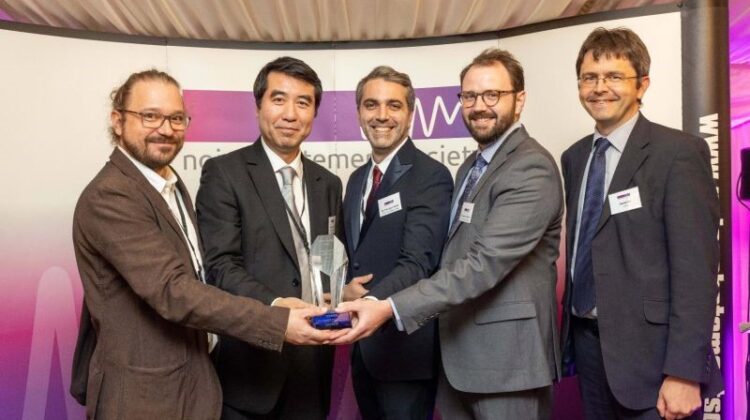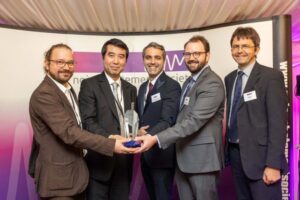
The following article on the SATP project courtesy of Dr. Francesco Aletta, at UCL via Ph.D. Candidate Ela Fasllija at Bilkent University.
Soundscape
Sounds in cities and built environments are often measured as noise in terms of decibel levels. Yet the human perception of soundscapes is often overlooked. Soundscape opens up the possibilities of managing sound more positively to benefit our communities, health, and well-being.
Yet the human perception of soundscapes is often overlooked
The recently published ISO/TS 12913-2:2018 standard aims to provide researchers and practitioners worldwide with reliable soundscape data collection methods. And include protocols made of “perceptual attributes” such as calm, vibrant, pleasant, annoying, etc. While the concept of “measuring perception” is problematic per se, one of the main issues currently being debated in the soundscape and environmental acoustics communities is the applicability around the world of a set of attributes standardized only in the English language.
The lack of additional translations is a significant barrier to making soundscape practices more inclusive and mindful of cultural differences and aural diversities. Meaning could get ‘lost in translations’ between languages. This risks misleading designers and policymakers who are responsible for noise policies and soundscape design interventions.
The SATP project
To address this gap, Dr. Francesco Aletta from the UCL IEDE Acoustics Group developed a collaborative project called the Soundscape Attributes Translation Project (SATP) with researchers worldwide to create validated translations of the international standard ISO/TS 12913-2:2018 for measuring soundscapes.
The set network now has more than 60 researchers in 20 institutions around the world to standardize soundscape assessments across different languages, cultures, and countries. Experts are translating ISO soundscape descriptors into various languages, including Arabic, German, Italian, Croatian, Japanese, Greek, Turkish, and Chinese.
More than 60 researchers in 20 institutions around the world to standardize soundscape assessments across different languages, cultures, and countries.
Focus groups and listening tests
The process starts with researchers providing an “educated guess” through focus groups and panels of experts about translating the semantic scales of the ISO standard. Further, it aims to validate the proposed translations using standardized listening experiments in the translated languages and geographical regions. Until now, there have been various challenges within the process, which include cultural differences in how terms such as ‘annoying’ or ‘vibrant’ are perceived.
In some languages, a single descriptive word is adequate to describe the perception of a soundscape. But in character-based languages such as Mandarin Chinese, each character already represents a concept. So in some cases, a collection of words is necessary to convey the same sentiment.
Collaboration UCL
Moreover, the SATP group collaborators with the leadership of the UCL IEDE Acoustics Group team are helping to build momentum in understanding soundscapes and their importance. Their work will be featured in a special issue of the Applied Acoustics journal. Published by Elsevier entitled: Special Issue on Soundscape Attributes Translation: Current Projects and Challenges. The project’s coordinator, Dr. Aletta, published a chapter called ‘Listening to Cities’ in the Frontiers 2022 report by the United Nations Environment Programme (UNEP). It focuses on emerging issues of environmental concern.
The John Connell Award 2022: SATP wins the Soundscape category

Lastly, the team’s work was awarded the John Connell Award 2022 for the Soundscape category, promoted by the Noise Abatement Society. This award recognizes the advancement of Soundscape principles in line with the international soundscape standard ISO 12913 series. As well as the practical ‘real-world’ application of the standard.
The following critical step for the SATP is for the validated translations to be embedded into a new standard to be adopted by the International Organization for Standardisation (ISO). As a way to promote the widespread use of soundscape attributes, both in academia and practice, across locations, populations, and languages.
More information at researchgate and UCL

